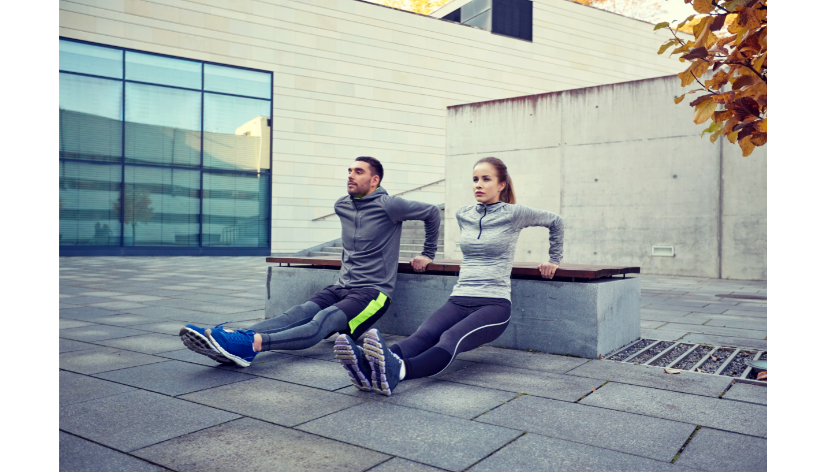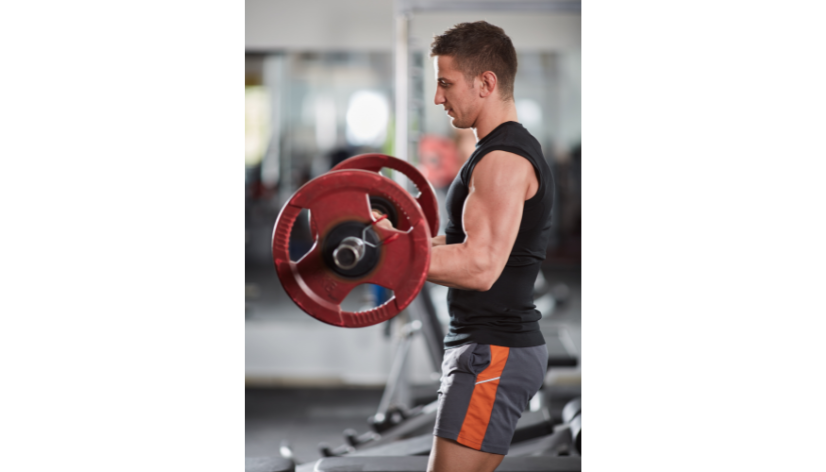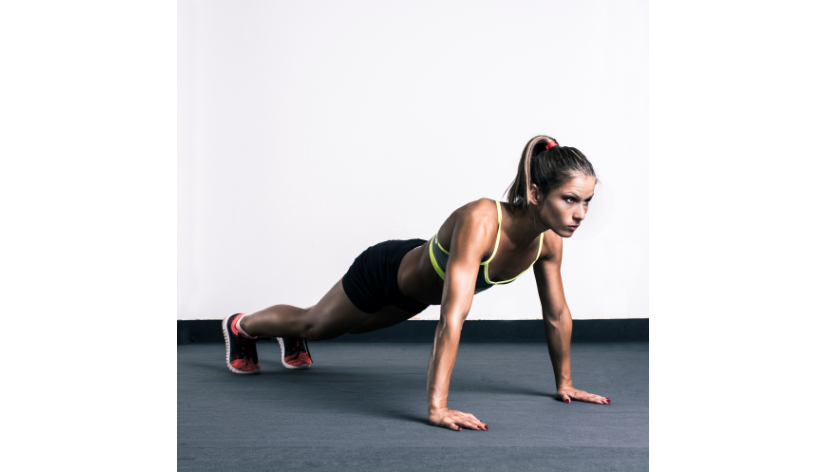Introduction
Who doesn’t dream of having well-defined, sculpted arms? Whether you’re looking to show off your strength, improve your overall fitness, or just feel more confident in short sleeves, a targeted arm workout is the key. In this guide, we’ll explore the anatomy of the arms, the benefits of arm workouts, and provide a detailed plan to help you achieve those toned biceps and triceps.
Understanding Arm Anatomy
Prior to jumping into the activities, understanding the life structures of your arms is fundamental. The arms are made out of two primary muscle gatherings: biceps and rear arm muscles. The biceps, situated on the facade of the upper arm, are answerable for flexing the elbow and supinating the lower arm. On the other hand, the triceps, found on the back of the upper arm, are responsible for extending the elbow.
Benefits of Arm Workouts

1. Strength and Functionality: Strong arms are crucial for performing daily tasks, from carrying groceries to lifting your kids. A well-rounded arm workout enhances overall upper body strength and functionality.
2. Aesthetic Appeal: Let’s be honest – sculpted arms look good! Toned biceps and triceps not only boost your confidence but also add to your overall physical appearance.
3. Metabolism Boost: Engaging in arm exercises contributes to an increased metabolic rate, helping you burn more calories throughout the day, even when at rest.
4. Injury Prevention: Strengthening your arms can reduce the risk of injuries, especially in the shoulders and elbows, by promoting joint stability and flexibility.
Comprehensive Arm Workout Routine
Warm-up (5 minutes)
Before you start your arm workout, it’s crucial to prepare your muscles with a proper warm-up. Endure 5 minutes participating in light cardio, like bouncing jacks or running set up, to increment blood stream and relax your joints.
Main Workout

1. Bicep Curls (3 sets of 12 reps): Grab a pair of dumbbells, stand with your feet shoulder-width apart, and let the weights hang at arm’s length. Keeping your elbows close to your torso, curl the weights towards your shoulders, then lower them back down.
2. Tricep Dips (3 sets of 15 reps): Position your hands shoulder-width apart on a stable surface, such as parallel bars or the edge of a sturdy chair. Lower your body by bending your elbows until they’re at a 90-degree angle, then push back up to the starting position.
3. Hammer Curls (3 sets of 12 reps): Hold a dumbbell in each hand with your palms facing your body. Keep your elbows near your middle and twist the loads towards your shoulders, keeping a nonpartisan hold all through.
4. Overhead Tricep Extension (3 sets of 15 reps): Hold a dumbbell with both hands and lift it overhead. Slowly lower the weight behind your head, keeping your elbows close to your ears, then extend your arms back to the starting position.
5. Push-ups (3 sets of 15 reps): A classic yet effective exercise, push-ups engage both the biceps and triceps. Keep a straight line from head to heels, and lower your body until your chest almost contacts the ground, then, at that point, push back up.

6. Concentration Curls (3 sets of 12 reps per arm): Sit on a bench with a dumbbell in one hand, allowing your arm to fully extend. Twist the load towards your shoulder, zeroing in on disengaging the bicep muscle.
Cool Down (5 minutes): After completing your arm workout, take 5 minutes to cool down and stretch your muscles. Gentle stretches like tricep stretches and bicep stretches will aid in muscle recovery and flexibility.
Tips for Success
1. Progressive Overload: Gradually increase the weight or resistance to challenge your muscles and promote growth.
2. Consistency is Key: Aim for at least two to three arm workouts per week to see noticeable results over time.
3. Listen to Your Body: If you experience pain beyond normal muscle fatigue, consult with a fitness professional or healthcare provider.
Conclusion
Incorporating a targeted arm workout into your fitness routine is a fantastic way to build strength, enhance your physique, and boost your overall well-being. So, roll up your sleeves, grab those dumbbells, and embark on the journey to sculpted, strong arms!
FAQs
Q1: How often should I do arm workouts?
A: Aim for two to three arm workouts per week, allowing at least one day of rest between sessions. This recurrence gives adequate chance to muscle recuperation and development.
Q2: Can I do arm workouts every day?
A: While it’s tempting to train your arms daily, muscles need time to recover. Overtraining can prompt weakness and possible injury. Stick to a schedule that allows for rest and recovery.
Q3: What weight should I use for bicep and tricep exercises?
A: Choose a weight that challenges you by the last few reps of each set. However, it should still allow you to maintain proper form. Start with a moderate weight and gradually increase as you build strength.
Q4: How long should my arm workout last?
A: A well-rounded arm workout, including warm-up and cool-down, can take approximately 30 to 45 minutes. Quality trumps amount, so center around appropriate structure and controlled developments.
Q5: Can I do arm workouts at home without equipment?
A: Absolutely! Bodyweight exercises like push-ups, tricep dips, and variations of planks can effectively target your arm muscles. You can also use household items like water bottles or resistance bands for added resistance.
Q6: How soon will I see results from arm workouts?
A: Results vary from person to person, but with consistency and proper nutrition, you can start noticing changes in a few weeks. Patience is key; long-term dedication to your workout routine will yield the best results.
Q7: Should I do cardio alongside arm workouts?
A: Yes, incorporating cardiovascular exercises into your routine promotes overall health and aids in burning additional calories. Consider activities like running, cycling, or swimming to complement your arm workouts.
Q8: Can I do arm workouts if I have joint issues?
A: If you have joint concerns, it’s crucial to consult with a healthcare professional or a fitness expert. They can provide guidance on suitable exercises and modifications to prevent exacerbating any existing issues.
